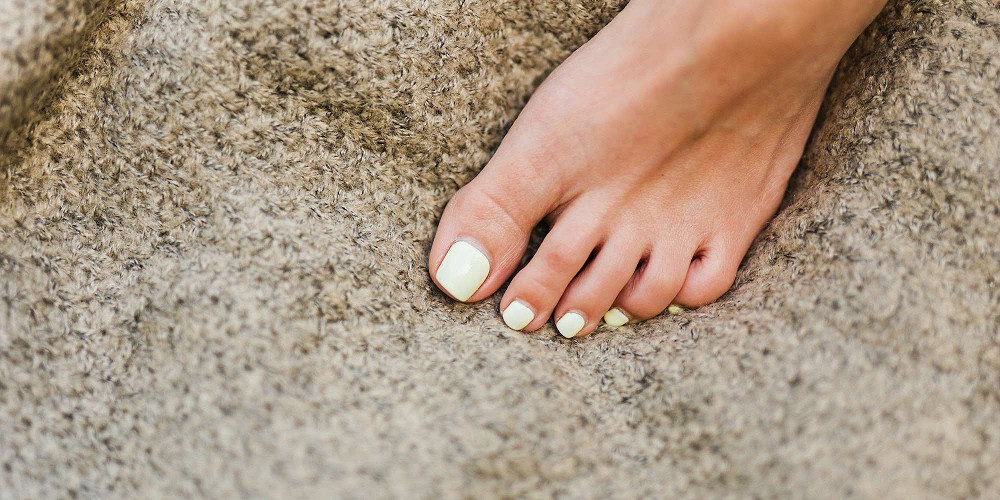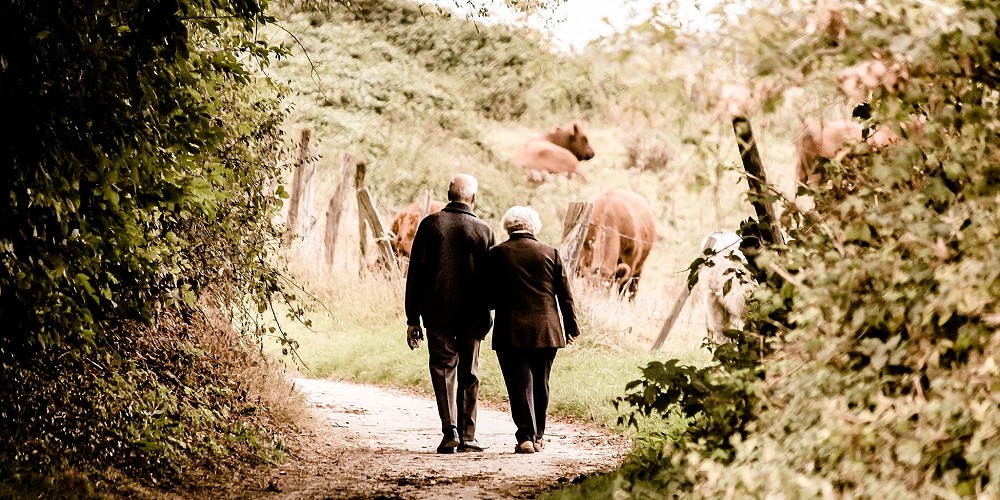MOVE: An Approach to Treating Acute Injuries
Article by Lisa Purzner
M.O.V.E. has been proposed as the new standard treatment approach for acute injuries – but what does it mean?

Most of us are familiar with the RICE acronym for managing acute or sudden, traumatic musculoskeletal injuries: Rest, Ice, Compress, and Elevate.
The term RICE was created by Dr. Gabe Mirkin, a sports medicine doctor, in 1978. (1)
However, new research has demonstrated that RICE may not be the most effective approach for managing inflammation, supporting an early return to physical activity, and preventing future injury. (2)
To Ice or Not to Ice?
Ice has historically been used by many athletes to treat injuries and sore muscles because it can provide pain relief.
When a musculoskeletal injury occurs, the body’s immune system sends inflammatory cells to the damaged area to start the healing process by releasing Insulin-like Growth Factor (IGF-1). (1)
The application of ice results in vasoconstriction that can last up to several hours, which prevents the body from releasing IGF-1, thereby delaying the inflammatory process required to initiate healing and kickstart recovery. (1,2)
According to Dr. Mirkin, non-steroidal anti-inflammatory drugs, such as Ibuprofen, can also contribute to delayed healing, as they diminish the body’s immune response. (1)
MOVE: The New Standard Treatment Approach
MOVE has been proposed as the new standard treatment approach for acute injuries:
- Movement
- Options to your primary sport or cross-training
- Vary rehabilitation
- Ease back to activity
M = Movement
Unless there has been a fracture, most people can continue to move in some capacity immediately after their initial injury.
Movement often begins with gentle range of motion exercises to prevent the affected joint, as well as the joints above and below the area of injury, from becoming stiff.
Complete rest causes reduced local blood flow to the injured tissue, which eventually results in muscle atrophy. (2) Conversely, gentle movement increases local circulation, which can accelerate healing and recovery. (1)
A 2012 systematic review of 24 studies found that early movement, specifically manual therapy and exercise, after acute ankle sprain was more effective than traditional RICE therapy.
One study concluded that exercise therapy can actually reduce swelling, decrease time off work or sport and prevent the recurrence of future ankle sprains. (3)
O = Options for Cross-Training
When an injured athlete is unable to participate in their primary sport, cross-training is an excellent alternative to maintain aerobic fitness, gently mobilize the injured body part and optimize mental health. (2)
Many athletes experience symptoms of depression and frustration when they cannot participate or compete at their usual level, and cross-training provides an outlet for these emotions.
Options for cross-training include:
- Walking
- Using a stationary bike
- Swimming
- Water running
- Yoga
- Strength training
V = Vary Rehabilitation
A physiotherapist can progress the injured person through a range of different strength, balance and agility exercises, specific to the requirements of their sport or activity.
For example, a female gymnast with a knee injury might be provided with hip strengthening exercises, followed by balance exercises on an increasingly unstable surface, to dynamic jumping and landing exercises that mimic her floor routine.
E = Ease Back to Activity
Ease refers to the gradual progression of returning to sport or activity can begin early after initial injury.
For example, a volleyball player with acute shoulder tendonitis can immediately continue with footwork and positional drills in practice. As the athlete’s symptoms subside and range of motion improves, they can progress to underhand passing and serving, eventually returning to volleying, blocking and overhand serving.
Conclusion
MOVE should be considered as the evidence-based standard of care for treating acute musculoskeletal injuries, as it supports the natural process of inflammation and healing, while ensuring that athletes can have a safe and timely return to sport.
References
- Mirkin, G. (2015, September 16). Why Ice Delays Recovery. [Blog post]. Retrieved from http://www.drmirkin.com/fitness/why-ice-delays-recovery.html
- Robinson, J. (2017, October 18). MOVE an injury not RICE. [Blog post]. Retrieved from https://thischangedmypractice....Van den Bekerom, M., Struijs, P., Blankevoort, L., Welling, L., van Dijk, C., Kerkhoffs, G. (2012). What is the evidence for rest, ice, compression, and elevation therapy in the treatment of ankle sprains in adults? Journal of Athletic Training, 47(4):435–443. https://natajournals.org/doi/pdf/10.4085/1062-6050-47.4.14
You May Also Like...
-
 ArticleView Post
ArticleView PostAcute Whiplash Injury Management
What is whiplash? Whiplash is an injury to your neck. It is caused by your neck bending forcibly forward and then backward, or vice versa.
-
 ArticleView Post
ArticleView PostStrengthening the Intrinsic Muscles of the Foot
Learn about the importance of exercising and strengthening your foot's intrinsic muscles – as well as what they are!
-
 ArticleView Post
ArticleView PostIs warming up before physical activity necessary?
YES! Warming up your body before physical activity is recommended for many, great reasons.